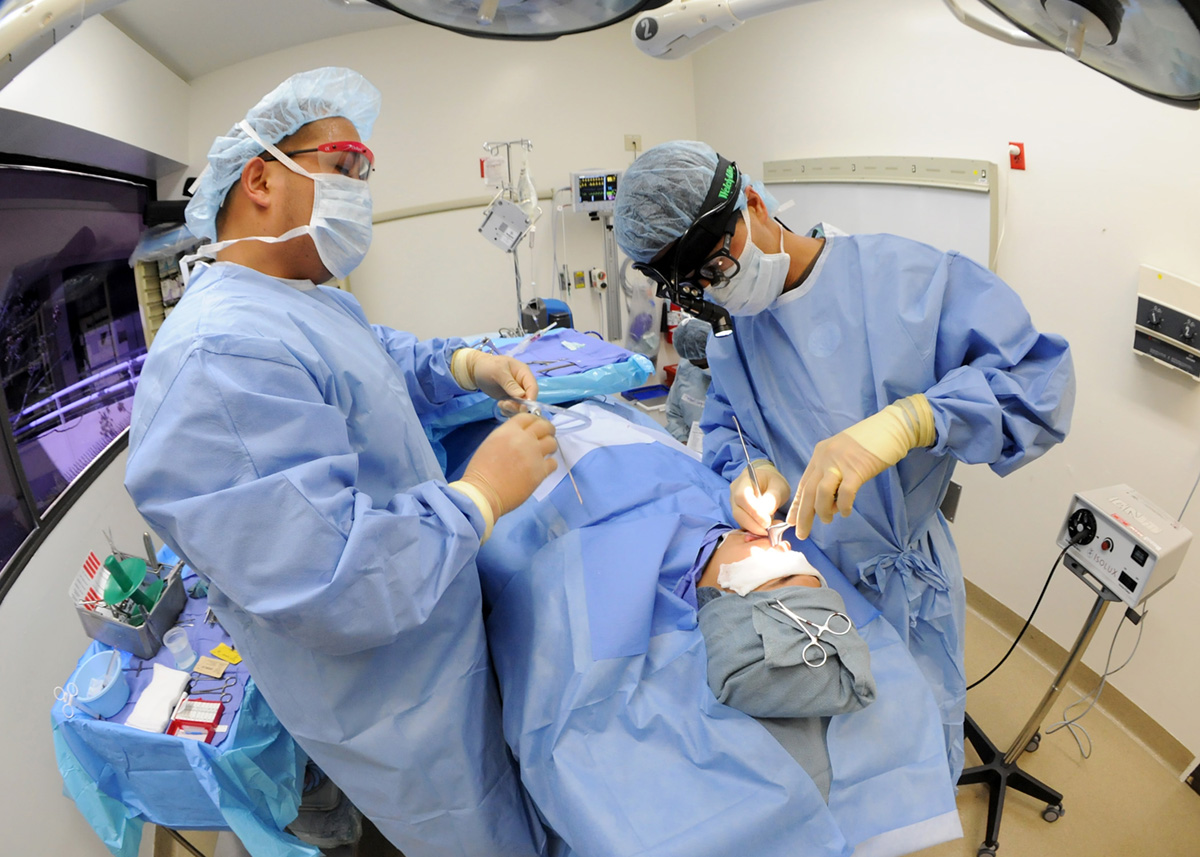
Septoplasty is a surgical procedure performed to correct nasal septum deviation. In case of nasal septum deviation the airflow is obstructed in one half of the nasal cavity. Each person has three turbinates on each side of the nose. The role of these structures is to clean and humidify the air while it moves through the nasal cavity. Turbinate reduction is a surgical procedure performed to correct nasal obstruction by reducing the actual size of the over-sized turbinates. The overall effect of both surgeries include better and easier passage of air and a reduction of post-nasal drip.
Septoplasty and Turbinate Reduction - Procedures
Septoplasty is performed under local or general anesthesia and during the procedure the surgeon cuts the cartilage or in some cases parts of the bones of the nose and reshapes these structures so that they allow normal passage of air. After that the cartilage is placed back in its original position and since it has been straighten it does not interfere with breathing any more. Bleeding is stopped with the gauze piece and it completely stops within 1-2 days.
During turbinate reduction the surgeon removes the overgrowth of turbinate. The doctor pays attention not to perform the complete removal of the turbinate because it may eventually lead to a crusty and dry nose. There are many approaches when it comes to turbinate reduction. Still, in majority of cases the procedure involves partial resection of the bone. The recovery after the surgery usually does not exceed 3 days.
Risks and Complications of Septoplasty and Turbinate Reduction
Septoplasty may be responsible for change in the external appearance of the nasal cavity. This can be positive while some people are not quite satisfied with such unexpected result. Furthermore, even though the person has been operated in some cases there is no change in the condition and the symptoms and signs still persist. Septal perforation is another potential complication of septoplasty. It can be additionally accompanied by bleeding and crusting while bleeding may also be an isolated complication of the procedure. Prolonged bleeding can be a culprit of septal hematoma. Prolonged bleeding as well as septal hematoma require proper treatment and generally do not withdraw spontaneously.
Complications of turbinate reduction are quite similar to complications of septoplasty. Apart from that turbinate resection may cause a condition called dry nose, prolonged bleeding and in some cases if the resection has not been performed adequately because of stuffiness in the nasal cavity patients require additional surgery.


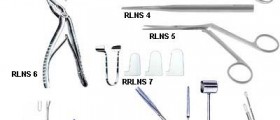


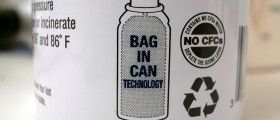





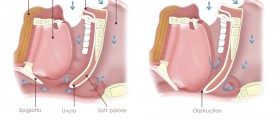



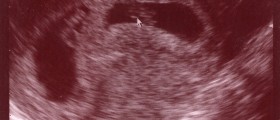

Your thoughts on this
Loading...